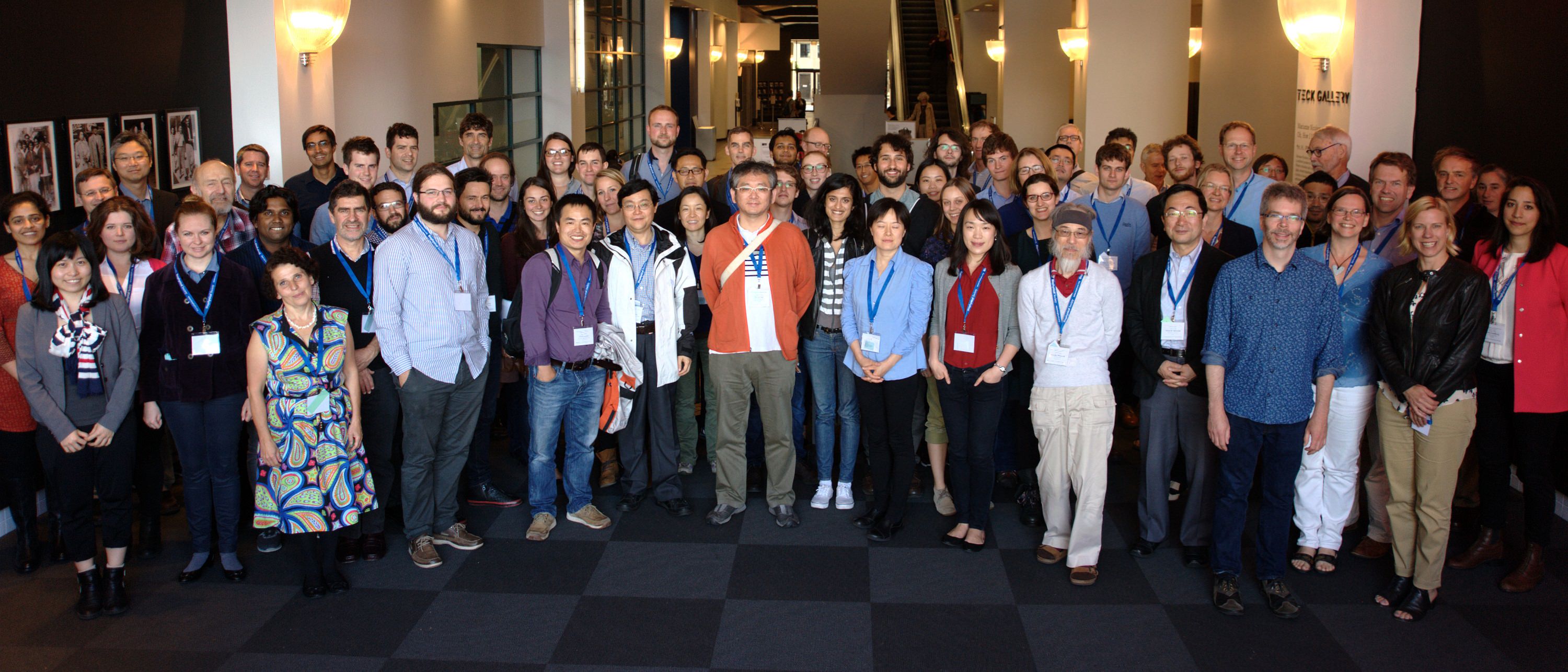
It was incredibly challenging to not write about Every. Single. Talk. at the 2016 Thematic Meeting on Engineering Approaches to Bimolecular Motors. For anyone who is considering attending a smaller-scale BPS meeting: pull the trigger! Yes, it scared me at first that pretty much every session seemed unskippable, but coffee breaks were interspersed at the exact times I felt myself beginning to slump. (Also, the lunch breaks were timed so that I could watch whatever Euro 2016 match was on that day too, so really, not much I can complain about here.)
Now, for my (greatly edited) list of scientific highlights:
Andrew Turberfield’s work on DNA walkers was a fascinating start to a broad session that left me incredibly excited to watch the speed and processivity of synthetic DNA-based transporters improve in the coming years (and the clever ways in which these improvements will be achieved).
Perhaps predictably, the talks on rotary motors were right in my wheelhouse (sorry, sorry!). Hiroyuki Noji demonstrated the many ways in which his group has tried (and failed) to break the F1-ATPase. Lawrence Lee, on the other hand, discussed his attempts at the opposite feat: artificially constructing ATP synthase’s sibling, the bacterial flagellar motor (BFM). A little personal highlight was the chance to talk to so many rotary motor enthusiasts at my station during the poster session (which was, overall, exceptionally lively).
The afternoon session on the second day focusing on nanodevices left everyone buzzing (and rightfully so). Though my work was only peripherally related to the topic, several talks in this session made my jaw drop (sometimes literally, making me glad for the auditorium’s “no food or drink” policy). Jens Gundlach’s work on using nanopore technology for accurate single-molecule measurements in particular stood out. The side-by-side comparison of nanopore sensor to optical tweezer traces had me incredulously wondering if they were real or drawn by (an exceptionally steady) hand. (They were real, of course. I asked Jens himself at dinner on the final night.)
As a (most-of-the-time) theorist, I was glad to see quite a few great non-experimental abstracts interspersed throughout the program. We had talked a lot about how good molecular motors (synthetic and natural) are, but in David Sivak’s talk, we heard about the theoretical limits on how good they possibly can be. I’m always happy when there are both theorists and experimentalists in a room, as the combo generally leads to the best of discussions: ones that are both excited and realistic.
Outside of the science, the Pacific Northwest weather behaved extremely well for us, showing me just the right amount of clouds to carry me through the rest of my time in California. A sunny Vancouver in June can’t really be beat...except by, maybe, a cruise in sunny Vancouver in June (well played, conference organisers).
All in all, an awesome week of awesome science and awesome conversation in an awesome city.